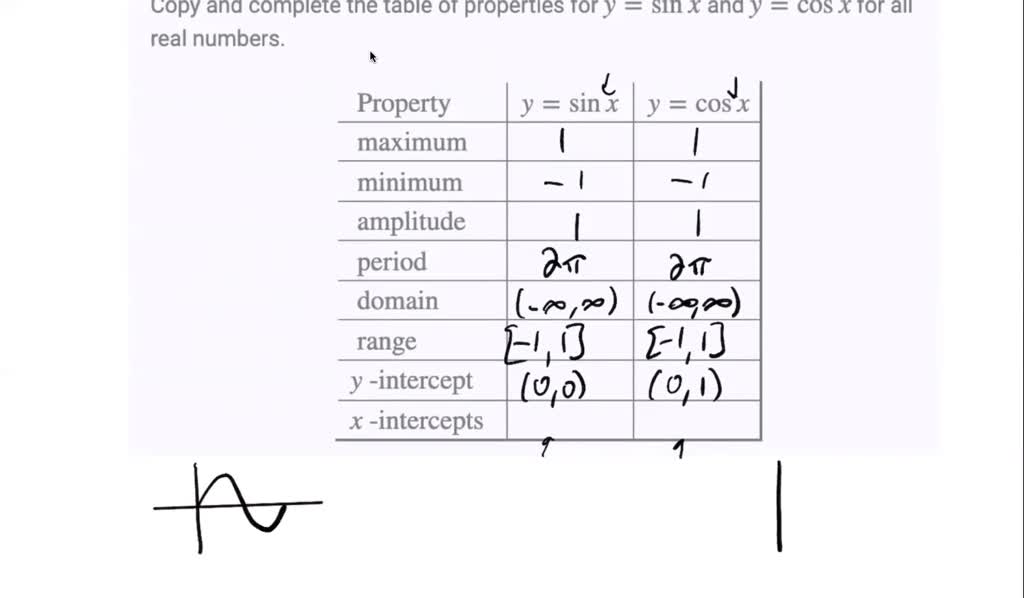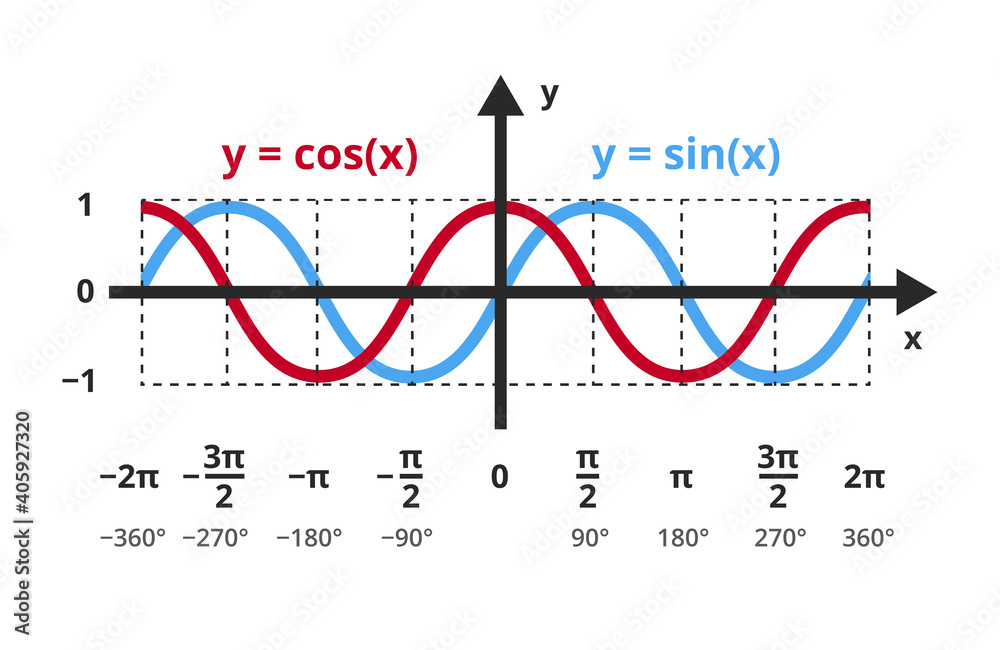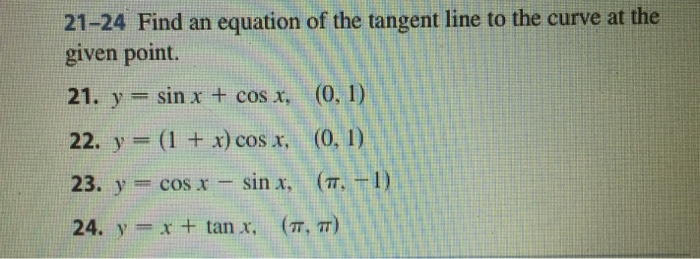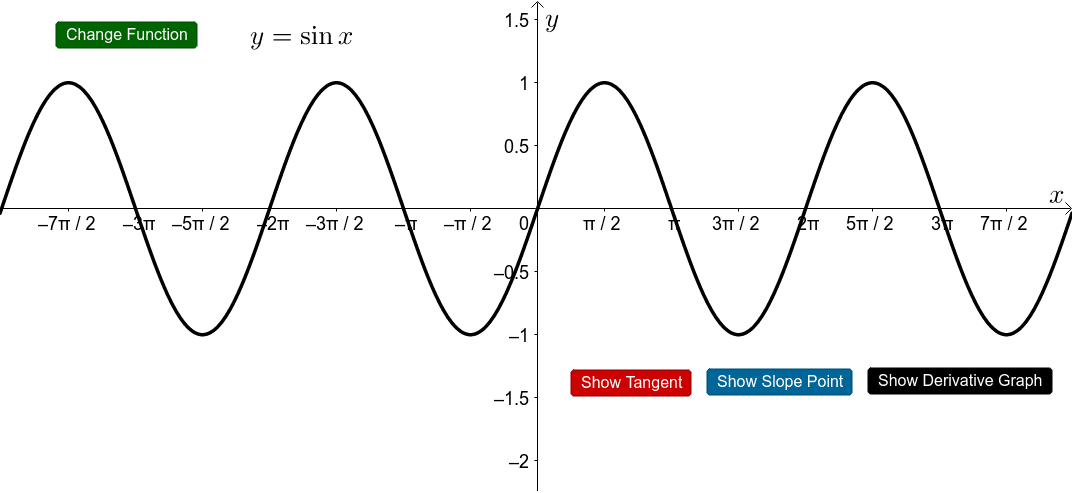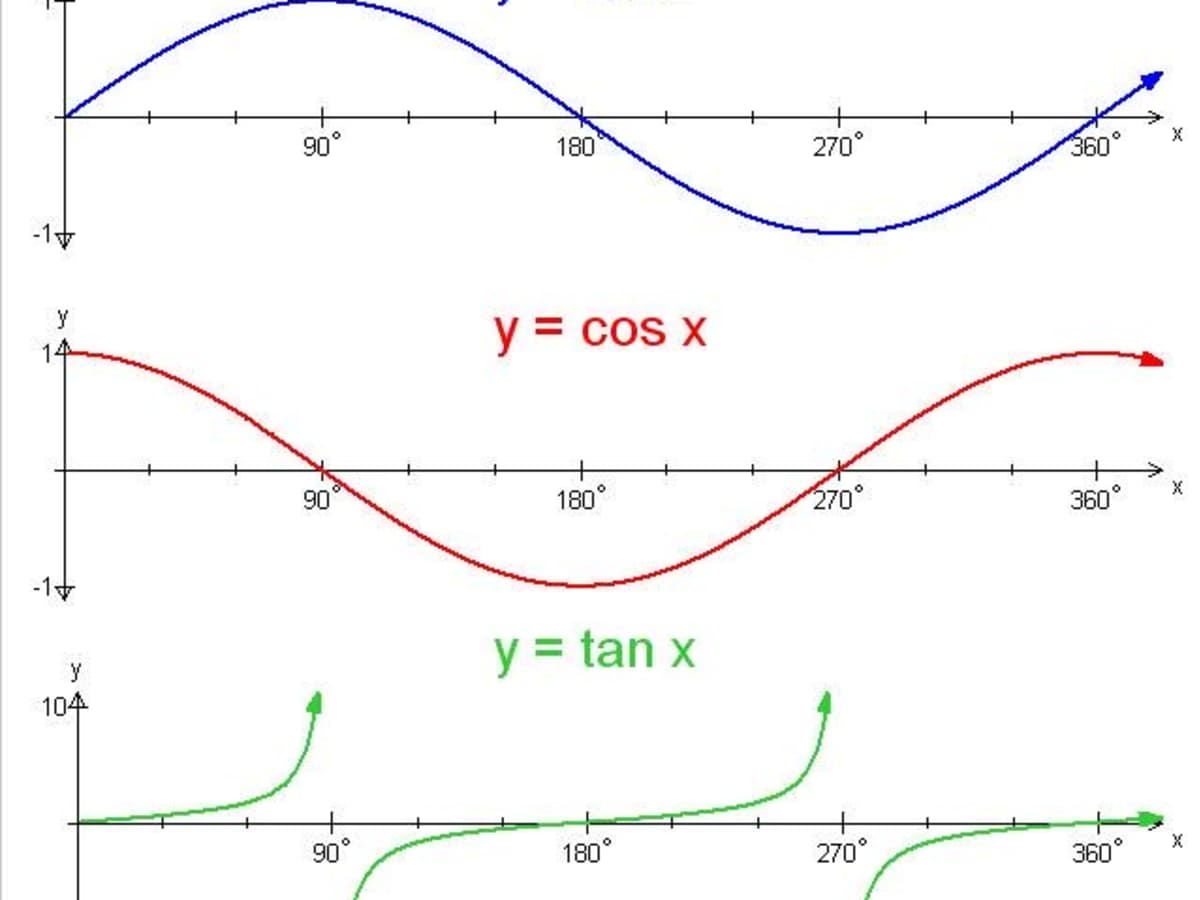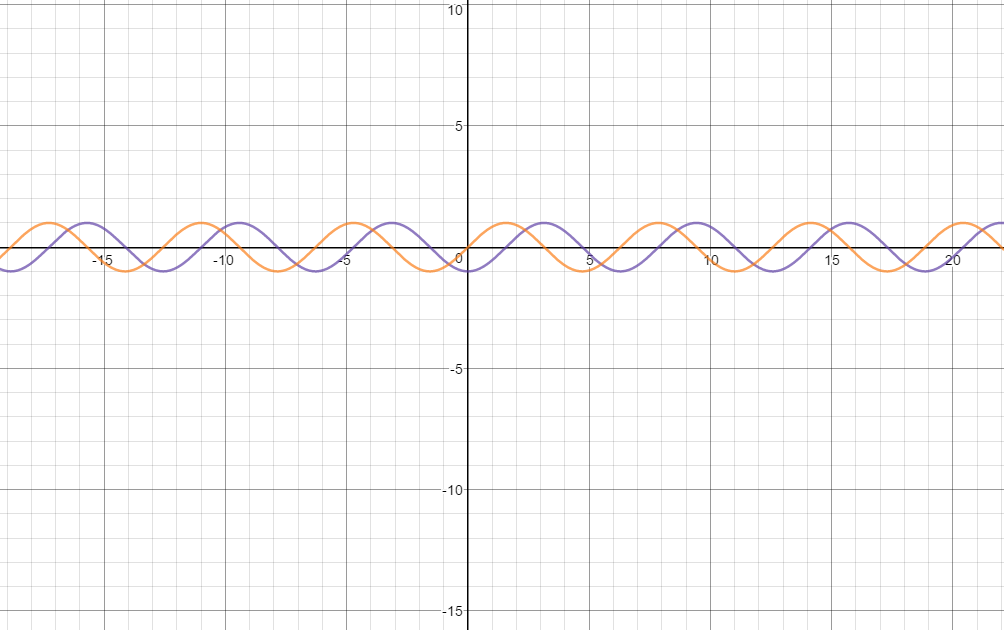
1. The curves y = sin x and y = cos x cross each other infinitely often. What is the area of the region bounded by these two curves between two consecutive
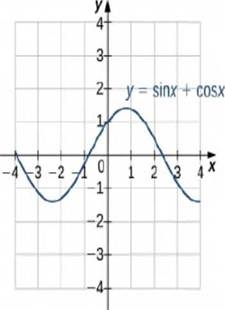
Consider the graph in Figure 1.42 of the function y = sin x + cos x . Describe its overall shape. Is it periodic? How do you know? Figure 1.42 The graph
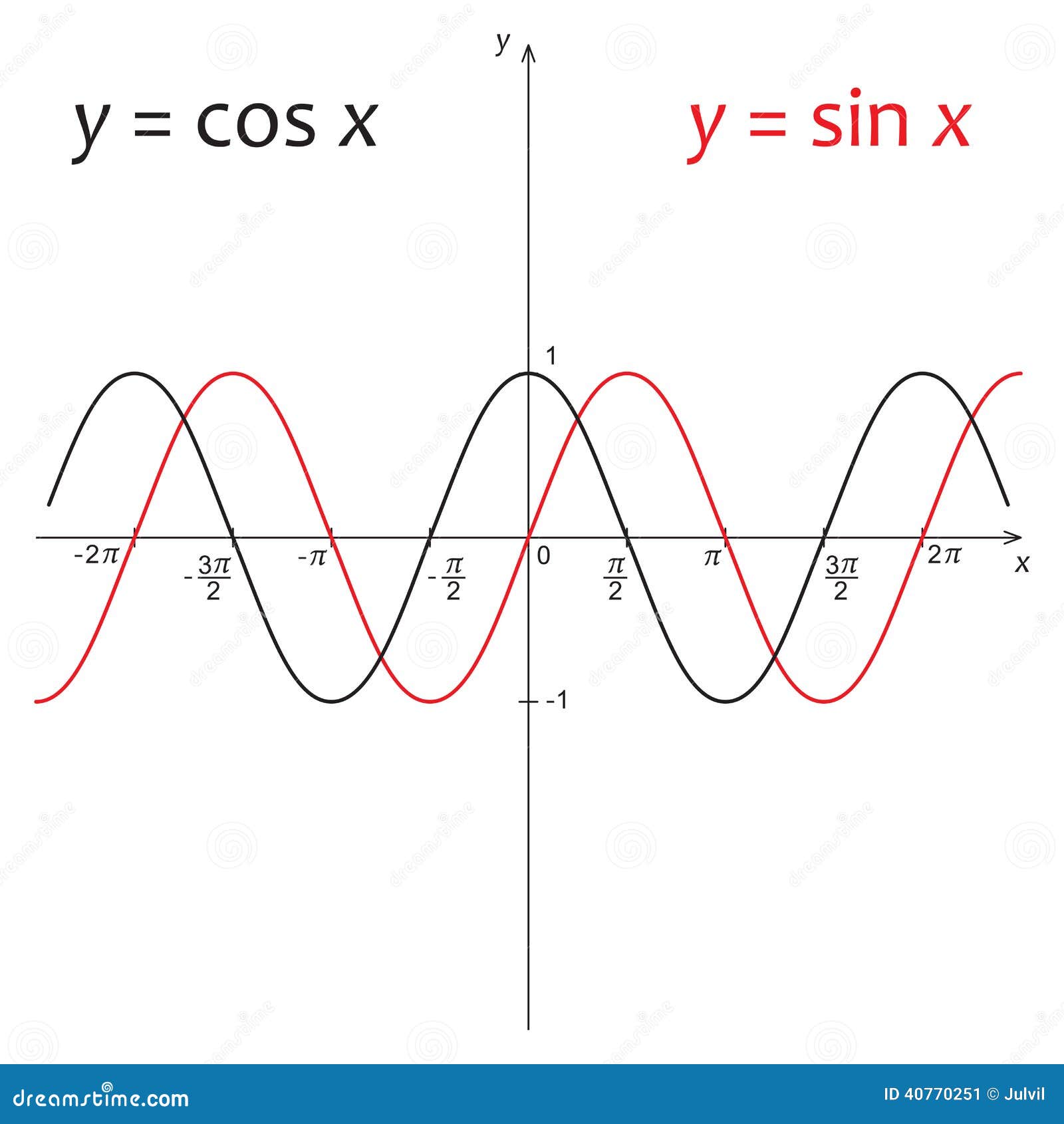
Diagram of Function Y=sin X and Y=cos X Stock Vector - Illustration of coordinates, mathematics: 40770251
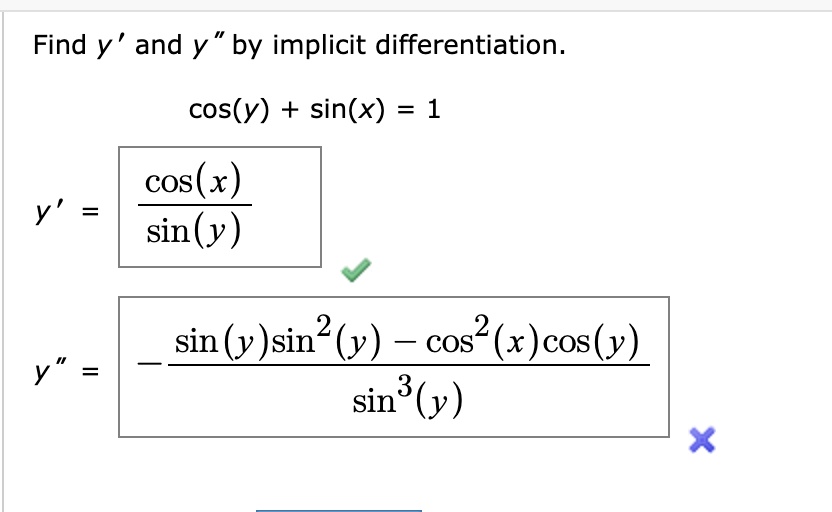
SOLVED: Find y " and y" by implicit differentiation. cosky) + sin(x) = 1 COS! X Y sin(y sin (y)sin2 (y) COS' x)cos(y sin? (y) y
